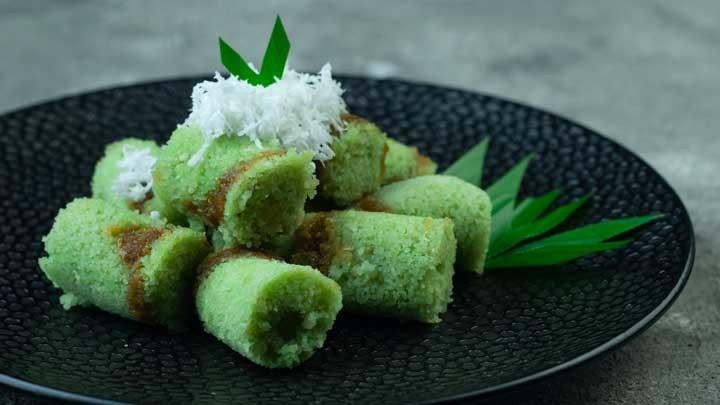The first time I tasted a real döner kebab in Istanbul, it was like a flavor explosion that changed my entire perspective on street food. I remember standing on a bustling street corner, the smell of roasting meat filling the air, watching a skilled cook carefully slice thin, perfectly seasoned meat from a massive rotating spit.
The Origin Story: More Than Just a Sandwich
:max_bytes(150000):strip_icc()/doner-kebab-recipe-4171703-hero-01-c14d8b7189df4685a50bae311317f831.jpg)
Döner kebab isn’t just food – it’s a culinary tradition that’s survived centuries. The word “döner” literally means “rotating” in Turkish, which perfectly describes how this magical meat is prepared. Imagine a huge vertical rotisserie, stacked with layers of marinated meat slowly turning and cooking to crispy, juicy perfection.
A Bit of Kebab History
The roots of döner go way back to the 19th century in the Ottoman Empire. But here’s a fact – what we know today as döner has totally evolved. Originally, it was probably just some meat roasted on a horizontal spit. The vertical cooking method? That’s a more recent innovation that changed everything.
The Perfect Döner: An Art Form
Let me break down what makes a truly incredible döner kebab:
- The Meat Matters Most traditional döners use lamb or a mix of lamb and beef. But here’s a pro tip: the best places use high-quality, locally sourced meat. It’s not just about the cooking method – it’s about the quality of ingredients.
- Seasoning is Everything The spice blend is like a secret weapon. We’re talking about a mix that might include:
- Paprika
- Cumin
- Oregano
- Garlic
- Salt and pepper
Each cook has their own special blend, passed down through generations.
Street Food with Global Domination
Here’s something wild – döner kebab has basically conquered the world. While it’s 100% Turkish in origin, countries like Germany have totally embraced it. In fact, döner is probably more popular in some European cities than in its homeland!
Regional Variations That’ll Blow Your Mind
- Turkish Style: Served in thin lavash bread, with simple accompaniments
- German Döner: Often includes more vegetables, sauces
- Middle Eastern Version: Might use different spice blends, additional herbs
My Personal Döner Disaster (And Lesson)
I’ll never forget the time I tried to make döner at home. Let’s just say my attempt looked more like a meat disaster than the beautiful rotating masterpiece I’d seen in Istanbul. Pro tip: unless you’ve got a professional vertical rotisserie, stick to the experts.
Nutrition and Street Food Reality
Look, döner isn’t exactly a diet food. But it’s not just empty calories. You’re getting:
- Protein from the meat
- Some vegetables
- Quick energy
- Basically, a complete meal in one delicious package
Insider Tips for the Perfect Döner Experience
- Always watch them slice the meat – freshly cut is best
- Look for places with high turnover
- Don’t be afraid to ask about their meat and preparation
- Embrace the messiness – it’s part of the experience!
Culture Beyond the Food
Döner is more than just a meal. It’s a social experience. In Turkey, grabbing a döner is like a ritual – a quick lunch, a late-night snack, a moment of connection.
Where to Find the Best Döner
While Istanbul is the ultimate destination, great döner can be found in:
- Turkey (obviously!)
- Germany
- Netherlands
- Parts of the Middle East
Fun Fact Time
Did you know döner kebab is so popular in Germany that it’s considered almost a national dish? Over 600 million döner are sold in Germany annually. Mind-blowing, right?
A Word of Caution
Street food is amazing, but always be smart. Choose places that look clean, have high customer turnover, and seem to take pride in their craft.
Final Thoughts
Döner kebab isn’t just food. It’s a culinary journey, a cultural experience, and honestly, one of the most delicious street foods on the planet.
For more deep dive into Turkish culinary history, check out this Wikipedia article about Turkish Cuisine.
Bon appétit, or as they say in Turkey, “Afiyet olsun!” 🥙🇹🇷

















